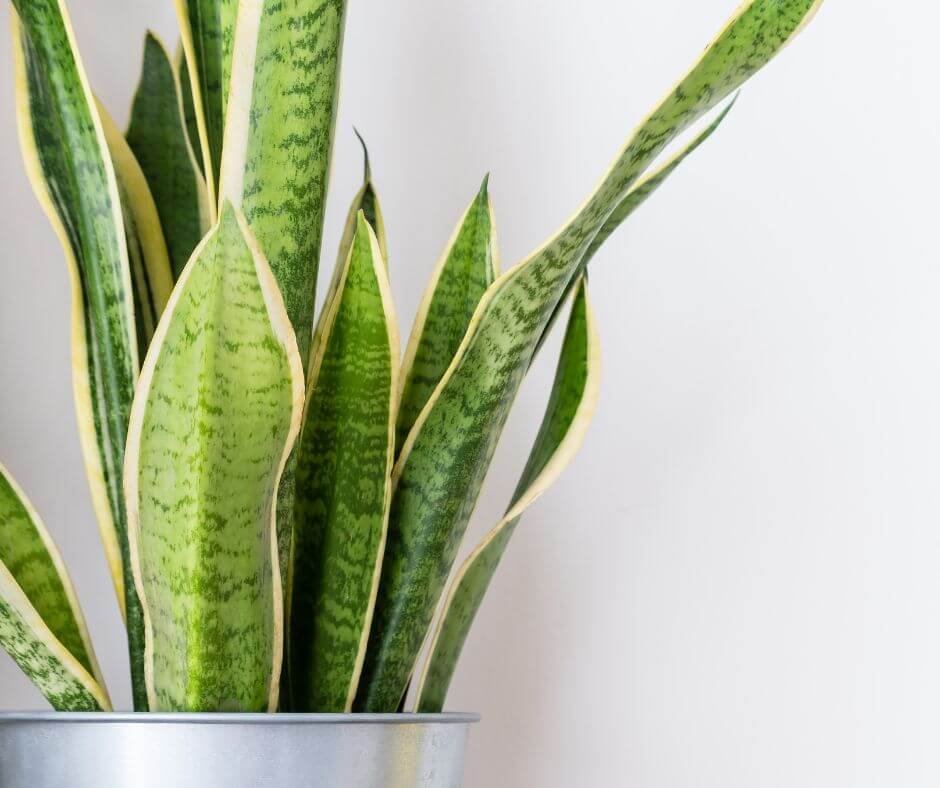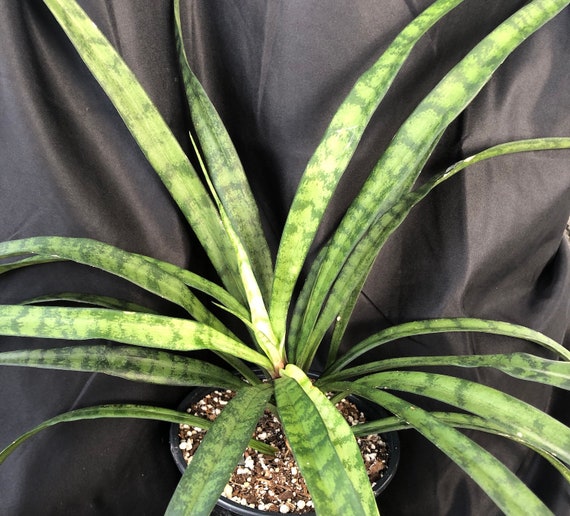7 Easy Facts About Snake Plant Leaves Turning Yellow Explained
Wiki Article
What Does Snake Plant Leaves Turning Yellow Mean?
Table of Contents5 Easy Facts About Snake Plant Leaves Turning Yellow Explained4 Simple Techniques For Snake Plant Leaves Turning YellowThe Only Guide to Snake Plant Leaves Turning YellowSee This Report on Snake Plant Leaves Turning YellowExcitement About Snake Plant Leaves Turning Yellow
Right here are 7 reasons your snake plant's fallen leaves can be transforming yellow and just how to repair it. Several various plant troubles can create yellow fallen leaves, or chlorosis. Chlorosis takes place when plants do not have the micronutrients they need to generate chlorophyll, which makes vegetation green and enables plants to convert sunshine right into food.Snake plants are dry spell forgiving many thanks to their delicious leaves. Snake Plant Leaves Turning Yellow. These plants expand finest in loosened, well-drained dirt that's enabled to dry entirely in between waterings and may only require water as soon as each month during winter season. Overwatering can avoid roots from absorbing moisture and nutrients that the plant needs and can even cause origin rot
A potbound plant can not soak up nutrients from the dirt. If your serpent plant is chock-full or outgrowing its pot, this may be the source of yellow fallen leaves. An occasional yellow leaf is completely typical for a serpent plant. As the plant ages, old fallen leaves yellow, pass away, and drop off as they're changed with new ones.
Ensure the plant has intense, indirect light and regularly cozy temperature levels, and water only when the dirt has fully dried out. Keep an eye out for issues and catch them beforehand to maintain your plant looking healthy and attractive.
Snake Plant Leaves Turning Yellow for Beginners
If the leaves on your snake plant are getting soft, it's generally an indicator of way too much water. Snake plants store water in their leaves and if they're overwatered, the fallen leaves can end up being soft and mushy. If you think your snake plant is being overwatered, enable the soil to dry out totally prior to sprinkling once again.Yes, some yellowing is regular and to be expected on older leaves, particularly as snake plants age. If the plant is otherwise healthy and the leaves are only gently yellowed then there is no reason for problem. Nevertheless, if the leaves are substantially yellowed or if there are other indicators of distress then it's best to act. Snake Plant Leaves Turning Yellow.

This can differ depending on the size of the pot, the kind of click for info potting mix, and the temperature level and humidity levels. In general, serpent plants should be sprinkled every one to two weeks. During the cold weather, you can minimize watering to as soon as a month. If you believe your serpent plant has been overwatered, the initial step is to stop watering it.
Snake Plant Leaves Turning Yellow for Dummies

The serpent plant is an awesome houseplant. The serpent plant is one of those plants that are fantastic for expanding inside in a terrarium, Snake plants can expand rather big, but they likewise have a tendency to be rather low-maintenance.
When the soil is overwatered, the plant cells take in even more water than they can store. Check out below to Leaves ended up being soggy and yellow as they soak up extra water. Sagging serpent plant fallen leaves are triggered by soaked-up fallen leave cells losing their firmness. You may see that your snake plant will become black or brownish if the yellow spots are not dealt with by dealing with overwatering.
It is, for that reason, a lot more likely that your plant will identify yellow spots on its fallen leaves if you overfeed it with plant food throughout wintertime. The fallen leaves of serpent plants are likewise at risk to yellowing when overfed, specifically if the origins are vulnerable. Repotting your yellowing, sprinkling just when the soil dries out, and offering ideal temperature and light conditions can save it.
The Buzz on Snake Plant Leaves Turning Yellow
To click for more info quit yellowing brought on by overwatering, quit irrigating the snake plant till the soil totally dries out. Do not water greater than once look at these guys a week. Water your serpent plant only when the top two inches of soil feel completely dry. While waiting for the water to drain, water your snake plant early in the early morning if your dirt is slow-draining.Your can be gotten rid of by removing the yellow tips - Snake Plant Leaves Turning Yellow. The pruned leaves ought to grow longer if they are sprinkled effectively and have ideal light and temperature conditions. It is necessary to keep in mind that the sharp ideas will not regrow, causing them to stand apart from the rest of the leaves
At the same time, you can remove afflicted leaves from the base of the plant. The crucial message is to allow the serpent plant time to recoup.
So scroll the write-up till completion to find the service. Pay attention to this post here: The circumstance can be expected if you have had your snake plant for a long time, and yellowing takes place on the lower leaves as an all-natural aging cycle. Additionally, it is usual for the Sansevieria leaves to transform yellow as a result of amateur mistakes and when the plant is simply gotten from the nursery for repotting.
About Snake Plant Leaves Turning Yellow
Sansevierias like completely dry climates and prefer little water preserved at a space of when or twice weekly in summer and regular monthly in winter months. When the water dose gets out of control, your Sansevieria will experience from overwatering.Report this wiki page